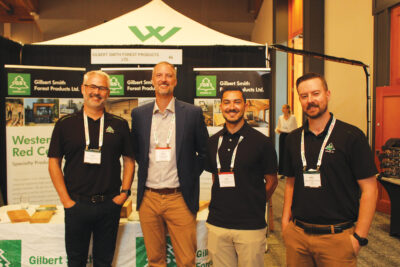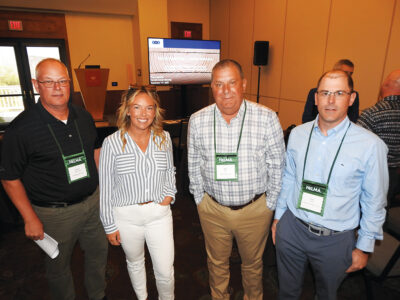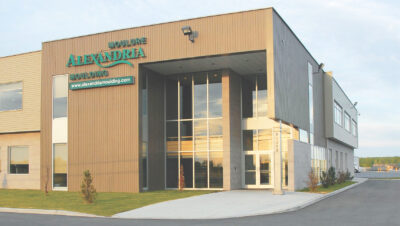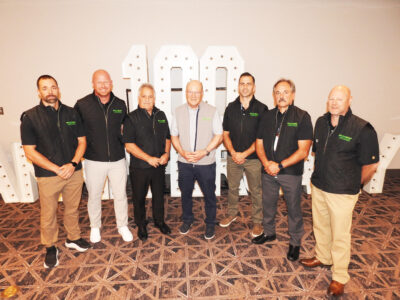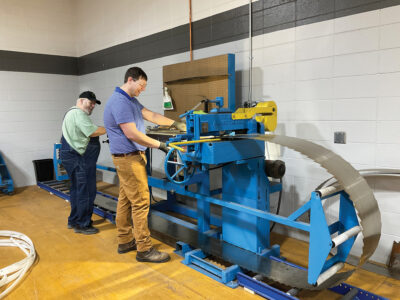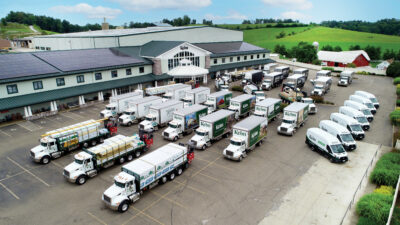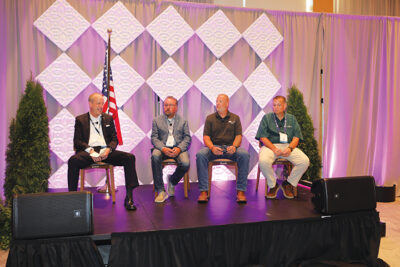For more APA News and Information, go to www.apawood.org
Formaldehyde is a naturally occurring organic airborne chemical that can be synthesized for certain industrial uses, such as adhesives used for wood products, and in the manufacture of many other household goods, such as medical products, carpets and cosmetics. Because elevated levels of formaldehyde may lead to health concerns, regulations exist to limit exposure. These include limits on formaldehyde emissions from some types of wood products.
In addition, some green building specifications create a preference for low emitting products. Many green building rating systems often include criteria to address indoor air quality goals, including mitigation of formaldehyde concentrations or formaldehyde-emitting products. Learn more about these green building specifications in APA Technical Note: Formaldehyde and Engineered Wood Products https://www.apawood.org/publication.
This article provides information on formaldehyde regulations that apply to U.S. and Canadian structural engineered wood products including structural plywood, oriented strand board (OSB), wood I-joists, structural composite lumber and glued-laminated timber. For purposes of this article, “engineered wood products” are defined as wood products recognized in the U.S. and Canadian building codes for structural applications.
Since most North American construction involves site-built conditions where exposure to weather is expected, the standards for engineered wood products require moisture-resistant adhesive systems. The inherent structural and moisture durability of these adhesive systems naturally results in very low formaldehyde emissions. Note that although CLT may not be listed as an exempted product below, CLT certified to ANSI/APA PRG 320 is made with moisture-resistant adhesives and has a low formaldehyde emission.
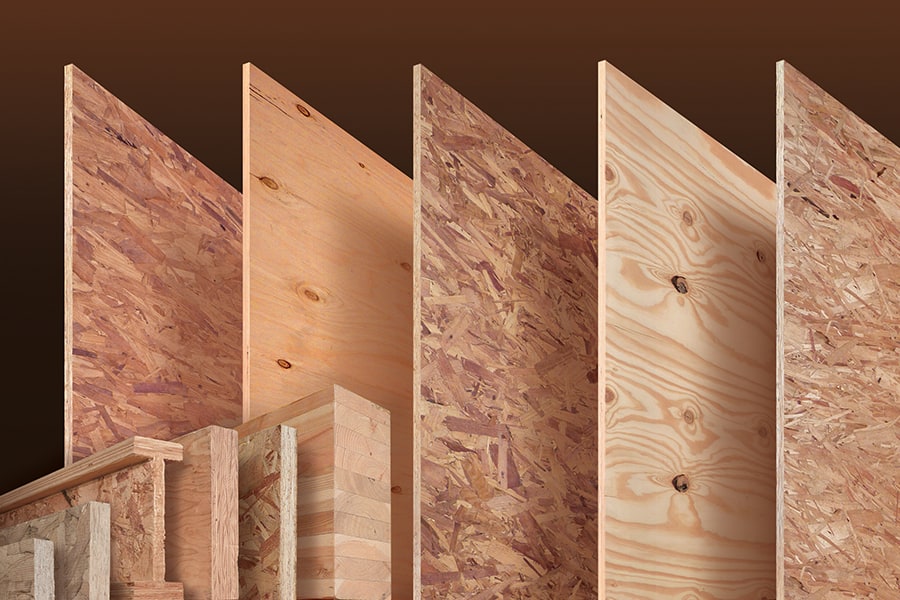
Always look for the APA Mark of Quality. Structural engineered wood products bearing the APA trademark are exempt from state and national formaldehyde regulations. In instances where unmarked structural engineered wood products from APA member mills are sold into applications that do not require a certification mark, the product invoice and an APA certificate of conformance can be used to identify the product as exempt.
U.S. and Canadian Formaldehyde Regulations Applicable to Engineered Wood Products
- U.S. HUD Manufactured Home Construction and Safety Standard (CFR 3280.308)
This standard specifies a 0.20 ppm emission limit for plywood and a 0.30 ppm limit for particleboard when tested with the ASTM E1333 Large Chamber Method. The intent was to regulate the specific nonstructural panel types. Testing during development of the regulations confirmed PS 1 structural plywood readily meets the plywood emission limit; therefore the regulations explicitly exempt phenolic-bonded plywood from ongoing testing and certification. Therefore, the forementioned engineered wood products are either not covered by, or are explicitly exempt from, the HUD regulations.
- California Air Resources Board (CARB) Airborne Toxic Control Measure (ATCM) for Composite Wood Products (also known as Title 17, California Code of Regulation 93120)
These regulations were developed by a division of the California EPA and took effect in 2009. The scope of the standard covers particleboard, MDF and hardwood plywood. Demonstrated low emission levels of engineered wood products led the CARB regulations to explicitly exempt structural plywood specified to PS 1, structural panels specified to PS 2, OSB specified to PS 2, structural composite lumber specified to ASTM D5456, structural glued laminated timber specified to ANSI A190.1 and prefabricated wood I-joists specified to ASTM D5055. These exemptions apply to products trademarked or audited by APA under the APA quality assurance program, regardless of whether the product is used in construction or industrial applications.
- U.S. Formaldehyde Standards for Composite Wood Products Act (also known as EPA TSCA Title VI)
This Federal Act was signed into law in July 2010. The EPA published draft implementation rules in July 2016 for implementation of the law in 2018. The emission standard mirrors the standard established by CARB and explicitly exempts structural plywood specified to PS 1, structural panels specified to PS 2, OSB specified to PS 2, structural composite lumber specified to ASTM D5456, structural glued-laminated timber specified to ANSI A190.1 and prefabricated wood I-joists specified to ASTM D5055, as trademarked or audited by APA under the APA quality assurance program.
- Canadian Formaldehyde Emissions from Composite Wood Products Regulations
The Canadian government published the Formaldehyde Emissions from Composite Wood Products Regulations on June 17, 2021. The regulation comes into force 18 months afterward, and the requirements for laminated products will apply five years after the regulations come into force.
The regulations were developed following CARB and EPA TSCA Title VI to allow for uniform requirements for both the U.S. and Canada. Therefore, the Canadian regulations also do not apply to structural plywood specified to PS 1, CSA O121 or CSA O151; OSB specified to CSA O325 or PS 2; structural glued-laminated timber specified to CAN/CSA O122 or ANSI A190.1; prefabricated wood I-joists specified to ASTM D5055; structural composite lumber, including laminated strand lumber (LSL), laminated veneer lumber (LVL), parallel strand lumber (PSL) and oriented strand lumber (OSL) specified to ASTM D5456; and cross-laminated timber (CLT) specified to ANSI/APA PRG 320. CSA O160, Formaldehyde Emission Standard for Composite Wood Products, is a voluntary standard providing the requirements for product sampling, emissions testing, marking and labeling for composite wood products in compliance with formaldehyde regulations in Canada.
Find additional information including formaldehyde emission test results, international regulations and green building specifications in APA Technical Note: Formaldehyde and Engineered Wood Products https://www.apawood.org/publication
About APA – The Engineered Wood Association
Founded in 1933 and based in Tacoma, WA, APA represents about 175 plywood, oriented strand board, glulam and cross-laminated timber, wood I-joist, Rim Board® and structural composite lumber mills throughout North America. Its primary functions are quality auditing and testing, applied research, and market support and development.
Learn more at www.apawood.org.


